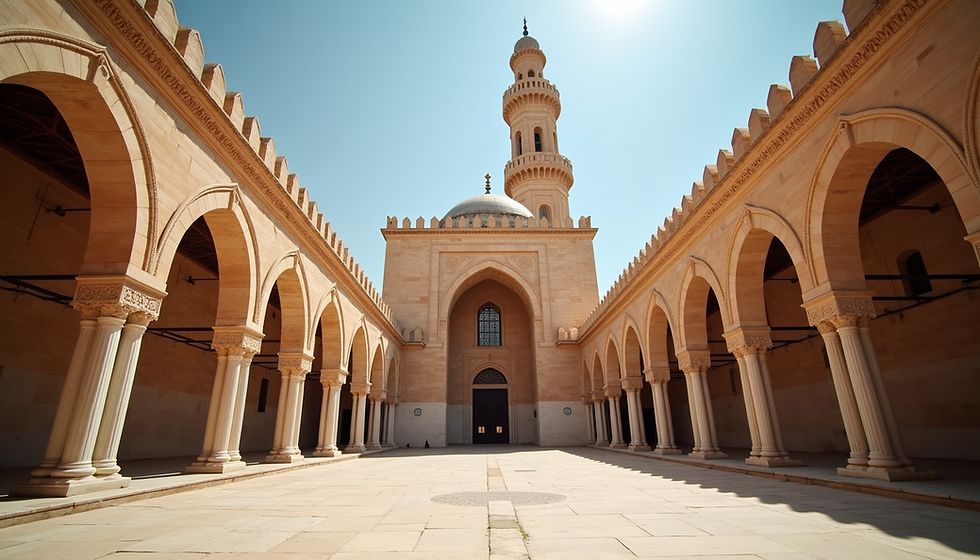Celebrating European Heritage in American History
- jgcarl
- Sep 11
- 3 min read
European heritage is woven into the very fabric of American history. From the early settlers to modern-day immigrants, the influence of European cultures is undeniable. This blog post explores how European heritage has shaped America, highlighting key contributions and celebrating the rich tapestry of traditions that continue to thrive today.
The Early Settlers
The story of European heritage in America begins with the early settlers. In the 1600s, groups from England, France, Spain, and the Netherlands arrived on the shores of what would become the United States. These settlers brought their customs, languages, and beliefs, laying the groundwork for a diverse society.
One of the most significant contributions from these early settlers was the establishment of communities. The Puritans in New England, for example, created a society based on their religious beliefs. They valued education and established some of the first schools in America. This emphasis on education has had a lasting impact on American culture.
The Influence of Language
Language is a vital part of heritage, and European languages have significantly influenced American English. Words and phrases from various European languages have enriched the American lexicon. For instance, many words in American English have roots in German, French, and Spanish.
Consider the culinary terms we use today. Words like "sauté" (from French) and "pasta" (from Italian) are now commonplace in American kitchens. This blending of languages reflects the diverse backgrounds of the people who have shaped the nation.
Festivals and Traditions
European heritage is celebrated through various festivals and traditions across the United States. These events not only honor the past but also bring communities together.
For example, St. Patrick's Day is celebrated nationwide, with parades and festivities honoring Irish culture. Similarly, Oktoberfest events celebrate German heritage with food, music, and dance. These celebrations allow people to connect with their roots and share their culture with others.
Contributions to Arts and Literature
European immigrants have made significant contributions to American arts and literature. Many renowned authors, musicians, and artists have roots in Europe.
Walt Whitman, a key figure in American literature, was influenced by European poets. His work reflects a blend of American themes with European literary traditions. Similarly, the music scene in America has been shaped by European influences, from classical music to jazz and rock.
Architecture and Urban Design
The architectural landscape of America is another testament to European heritage. Many cities feature buildings that reflect European styles, such as Gothic, Baroque, and Neoclassical architecture.
For instance, the iconic skyline of New York City showcases a mix of architectural styles influenced by European designs. The Flatiron Building, with its unique shape, is reminiscent of European architectural innovation.
Culinary Influences
Food is a delicious way to celebrate heritage. European immigrants brought their culinary traditions to America, creating a diverse food culture.
Italian, French, and Mexican cuisines are just a few examples of how European heritage has influenced American dining. Pizza, pasta, and tacos are now staples in American households, showcasing the blending of cultures through food.
The Role of Religion
Religion has played a significant role in shaping American society, with many faiths tracing their roots back to Europe.
Catholicism, Protestantism, and Judaism are just a few examples of religious traditions that have flourished in America. These faiths have contributed to the moral and ethical framework of the nation, influencing laws and social norms.
The Impact of Immigration
Throughout history, waves of European immigrants have arrived in America, each group adding to the cultural mosaic.
From the Irish fleeing the potato famine to the Italians seeking better opportunities, these immigrants have faced challenges but have also enriched American society. Their stories of resilience and determination are a testament to the enduring spirit of those who seek a better life.
Celebrating Diversity
Today, America is a melting pot of cultures, and European heritage is a vital part of that mix.
Celebrating this diversity is essential for fostering understanding and unity. Events like cultural festivals, art exhibitions, and educational programs help promote awareness of European contributions to American history.
The Future of European Heritage in America
As we look to the future, it is crucial to continue celebrating and preserving European heritage in America.
This can be achieved through education, community engagement, and cultural exchange. By sharing stories and traditions, we can ensure that the rich tapestry of European heritage remains a vibrant part of American identity.
A Tapestry of Cultures
In conclusion, European heritage is an integral part of American history. From the early settlers to modern immigrants, the influence of European cultures is evident in language, traditions, arts, and more.
By celebrating this heritage, we honor the contributions of those who came before us and enrich our understanding of what it means to be American. Let us continue to embrace and celebrate the diverse cultures that shape our nation, ensuring that the legacy of European heritage lives on for generations to come.





Comments